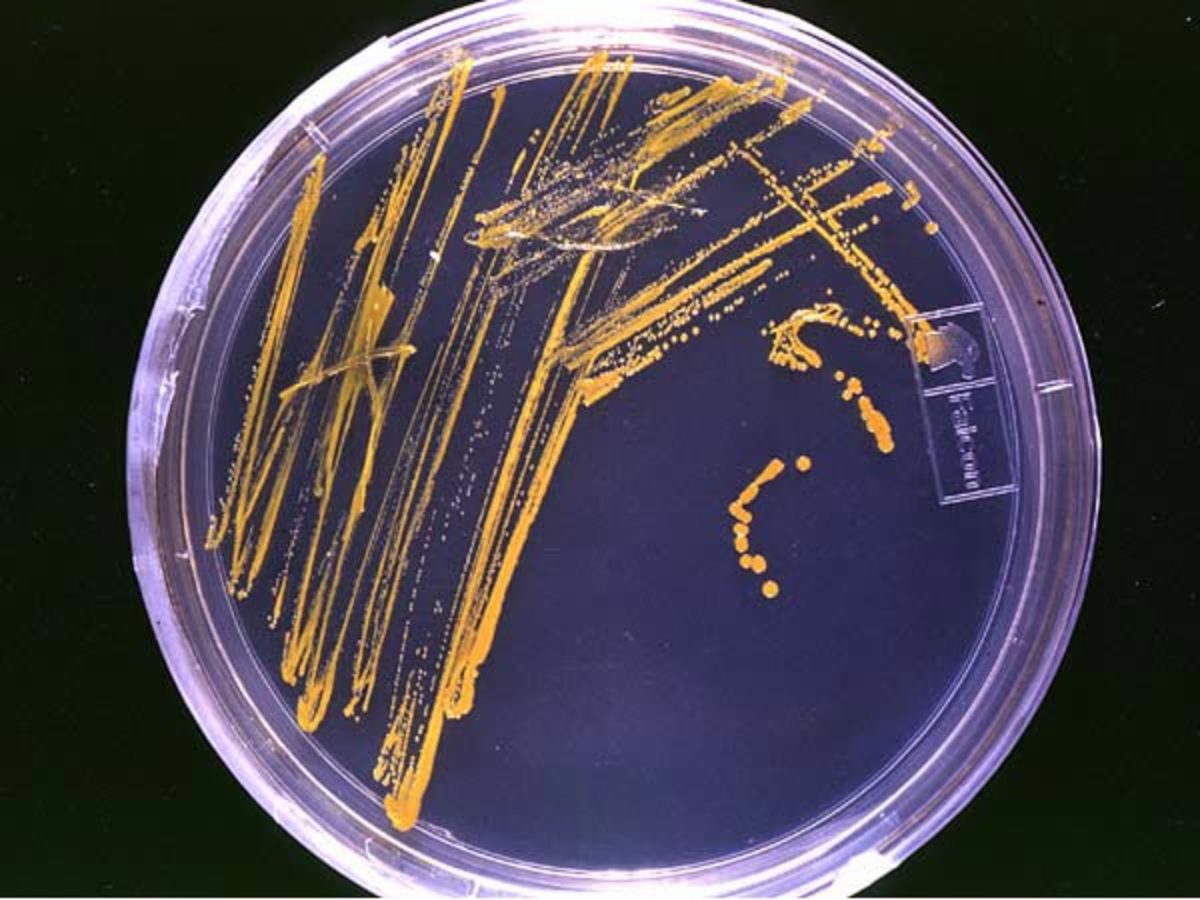The food material or substances required for growing microorganisms in vitro (outside the body) is called culture medium.
Uses of culture medium
It is important to grow microorganisms outside the body for the following purposes:
1. to identify the cause of infection from the clinical sample, so that proper treatment can be given.
2. to study the characteristics or properties of microorganisms.
3. to prepare biological products like vaccines, toxoides, antigens…etc.
Composition of culture media
• Water
• Energy source
• Carbon source
• Nitrogen source
• Mineral salts
• Special growth factors
Types of culture media
I. Classification based on physical statea) solid medium
b) semi solid medium
c) liquid medium
II. Classification based on the ingredients
a) simple medium
b) complex medium
c) synthetic or defined medium
d) Special media
I. Classification based on physical state
a) Solid medium agar is the most commonly used solidifying agent. (What is agar Golden Yellow granular powder Prepared from seaweeds.) Not affected by the growth of the bacteria. Melts at 98oC & sets at 42oC.
b) Semi-solid media Such media are soft and are useful in demonstrating bacterial motility and separating motile from non- motile strains .
c) Liquid media are sometimes referred as “ broth “. bacteria grow uniformly producing general turbidity eg. Nutrient broth
II. Classification based on the ingredients
a) Simple media - eg: Nutrient broth, N. agar - NB consists of peptone, meat extract, NaCl, - NB + 2% agar = Nutrient agar
b) Complex media such as blood agar, it has ingredients that exact components are difficult to estimate.
c) Synthetic or defined media specially prepared media from pure chemical substances for research purpose and composition of every component is well known eg: peptone water – 1% peptone + 0.5% NaCl in water.
d) Special media • Enriched media • Selective media • Differential media • Reducing • Complex
• Enriched media Substances like blood, serum, egg are added to the simple medium. • Used to grow bacteria that are exacting in their nutritional needs. • eg: Blood agar, Chocolate agar
• Selective media Suppression of unwanted microbes; encouraging desired microbes.
• Differential media Differentiation of colonies of desired microbes from others.
• Complex media Growth of most chemoheterotrophic organisms.
• Reducing media Growth of obligate anaerobes.
Culture Media: definition & Types of Culture Media | Microbiology
![Culture Media: definition & Types of Culture Media | Microbiology]() Reviewed by Rajkumar
on
October 28, 2017
Rating:
Reviewed by Rajkumar
on
October 28, 2017
Rating:


No comments: